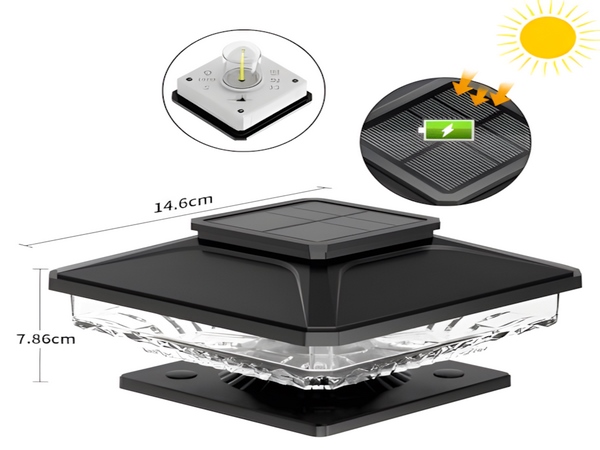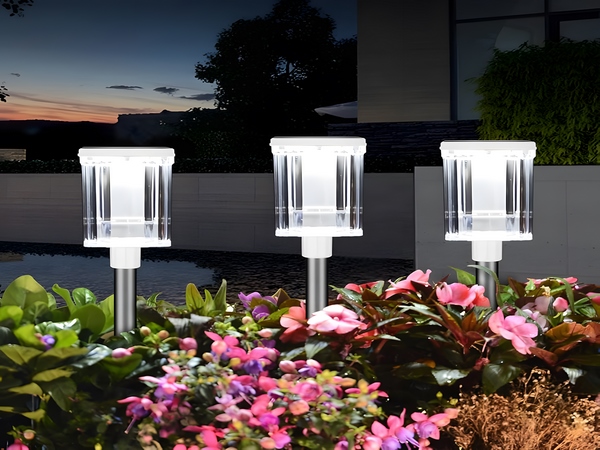
We know that battery installation can be either external or underground. If using an external installation at a height, there should be no climbing objects nearby to prevent theft. For underground installations, water resistance is crucial, ensuring that the concrete is compacted for better performance. Both lead-acid and lithium batteries have their own characteristics. Today, I will present the advantages and disadvantages of both types:
Power Supply Method:
Lithium battery has a storage capacity of 24V 120AH, which is higher than the 12V 200AH capacity of lead-acid batteries. Lithium batteries can be fully charged and discharged, and their lifespan is 3 to 5 times longer than that of lead-acid gel batteries.
Annual Maintenance Cost:
The lifespan of lead-acid batteries is around 2-3 years, while lithium batteries can last 8-10 years. The 10-year lifespan of lithium batteries ensures that there is almost no maintenance cost involved.
Environmental Impact:
Lead-acid batteries cause severe pollution during production and cannot be recycled, leading to serious heavy metal contamination and are therefore not environmentally friendly. In contrast, lithium batteries are environmentally friendly, as lithium is a light element that poses no harm to the human body and is commonly found in soil.

Cost:
Lithium batteries are a new type of environmentally friendly battery, and their price is slightly higher than that of lead-acid batteries.

Solar Street Light Manufacturers:
Application of nanotechnology allows batteries to be breathable while preventing water ingress. This enables direct burial of the batteries underground, providing a stable working environment, enhancing battery lifespan by more than 1.5 times.



